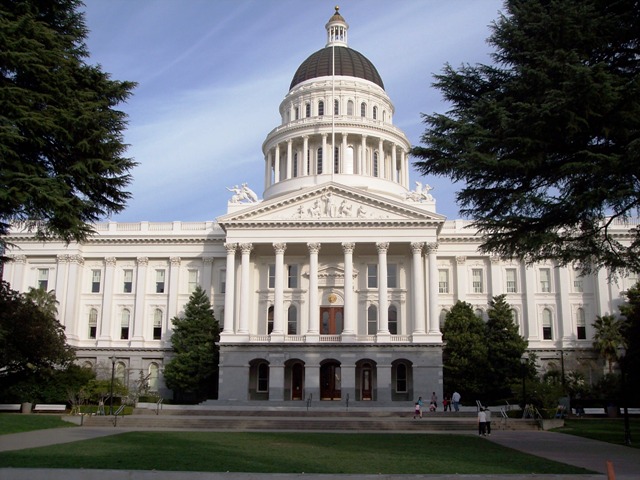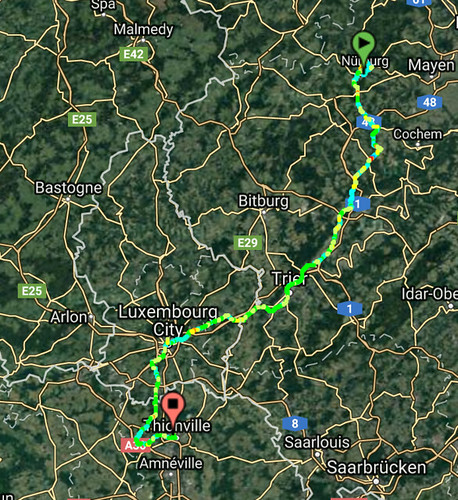Reposting of Giro d'Italia without Dolomites
A couple of years ago, my first designed race was a version of the Giro without the Dolomites. Since I'm currently on vacation and with little to do due to bad weather, I've resigned this route, this time using Crocescalada to create better altitude profiles of the stages. The route is mostly identical to the previous one, with a couple of exceptions. I've made one small change on stage 7. This originally finished in Roccaraso. Now I've extended it to Pescocostanzo. And stage 16 is completely redesigned. Both versions starts in Cuneo, but the first version finished in Sestriere via Agnello, Izoard and Montgenevre. This version doesn't move outside Italy and finishes in Monviso via Pra Martino and the very steep Montoso climb.
A short summary is shown below and photos of the altitude profiles is given in the following posts. The route is characterized by several very long hilly and mountain stages, probably at least 3 stages well above 6 hours. Also, the mountain stages is distributed through the whole three weeks of the Giro, starting already on stage 2 with a very tough mountain stage with two ascents of Etna. The Giro starts in Sicily with the prologue and the two first stages. From there they move to the Italian mainland. Stage 3 to Vibo Valentia is probably another stage best suited for climbers and puncheurs, and that may also apply to stage 4 to Castrovillari and stage 5 to Potenza. Especially stage 5 could be a real spectacle with 8 categorized climbs, some of the very steep, and with to climbs close to the stage finish in Pontenza. Actuyally, there is very few flat kms in the last 80 km of that stage.
The Potenza stage is followed by an easy stage to Foggia before the infamous stage 7 to Pescocostanzo. 255 km long, 7 categorized climbs and 4000 meter of climbs, this will probably be a 7 hour stage and a real challenge for the riders. The last couple of climbs is normally and very selective, but with over 240 kms of riding, this could mean large gaps for tired riders in the last few kms. After stage 7, the riders will have a well-deserved rest day, while moving north to the region of Umbria. Stage 8 is a fairly easy stage that could end in a mass sprint. Stage 9 is the first ITT, 56 km long, and with a 5 km climb to the stage finish in Assisi.
Stage 10 is the next real challenge for the GC riders. Most of the stage takes place in the Marche region, climbing all three of the "monster climbs" of Marche, namely Catria, Petrano and a stage finish at Monte Nerone. The last climb to Nerone is steep and difficult, and could be a real carnage after over 220 km. One of 2 or 3 toughest stages in this Giro.
After the MTF to Monte Nerone, there is typical sprinters stage to Rimini followed by an typical breakaway stage to Firenze. Then on stage 13 and 14 it's again time for a couple of MTFs. First stage 13 to Abetone via San Pellegrino in Alpe. The main difficulty here is the very steep and difficult climb to San Pellegrino in Alpe, which has a 3 km long section of 12 % in the last third of the climb. The last and significantly easier climb to Abetone makes this a stage similar to Mortirolo-Aprica and Finestre-Sestirere. Stage 14 is again a long medium mountain stage with a tough finish to Madonna delle Guardia just outside Genova. With a length of over 220 kms and over 4000 height meters of climbing, this will again be a real test for the riders.
The last rest day is between stage 14 and 15, and the riders avoids a long transfer since stage 15 starts in Genova, where stage 14 finished. Stage 15 could either go to a mass sprint, but there is also a good chance that a breakway could fight for the stage finish. Stage 16 is another MTF, this time to Cima Coppi at Monviso, close to the French border. The 20 km, 7 % climb is probably one of the toughest climbs in this Giro, and is also preceeded by the very tough Montoso climb. But there is still more to come. Stage 17 is the last ITT, which takes place in Torino and climbing both Colle della Maddalena and Superega.
Stage 18 is another long, 220+ km mountain stage, but probably not as tough as the stages to Monte Nerone and Madonna della Guardia. The last categorized climb to Mottarone is followed by a tough descent to Stresa, which favors the top descenders of the GC contenders. Stage 19 is the last mountain stage and moves towards the northwestern corner of Italy, the Aosta region. The first third of the stage is flat before the last 130 km is more or less only climbing and descending with 4 tough climbs, all between 15 and 17 kms long and 6.5 - 8 % gradient. The last stage to Milano and the end of the Giro is flat and a "walk in the park" after the stages on the previous days.
Prologue: Agrigento - Agrigento, 9,8 km
Stage 1: Argigento - Syracuse, 214 km
Stage 2: Catania - Catania, 169 km
Stage 3: Reggio di Calabria - Vibo Valentia, 183 km
Stage 4: Catanzaro - Castrovillari, 222 km
Stage 5: Castrovillari - Potenza, 199 km
Stage 6: Potenza - Foggia, 200 km
Stage 7: Foggia - Pescocostanzo, 255 km
Stage 8: Terni - Perugia, 191 km
Stage 9: Perugia - Assisi, 56 km ITT
Stage 10: Foligno - Monte Nerone, 224 km
Stage 11: Gubbio - Rimini, 187 km
Stage 12: Rimini - Firenze, 173 km
Stage 13: Pistoia - Abetone, 165 km
Stage 14: La Spezia - Genova (Madonna delle Guardia), 228 km
Stage 15: Genova - Savona, 180 km
Stage 16: Cuneo - Monviso, 151 km
Stage 17: Torino - Torino, 37 km ITT
Stage 18: Torino - Stresa 225 km
Stage 19: Biella - Pila, 191 km
Stage 20: Aosta - Milano, 193 km
Total: 3653 km
Cima Coppi: Monviso, 2020 m
4 High MTF (Monte Nerone, Abetone, Monviso, Pila)
2 Medium MTF (Pescostanzo, Madonna della Guardia)
2 descent finishes (Catania from Etna, Stresa from Mottarone)
2 ITT + prologue
3 hilly stages
7 flat/mostly flat stages






































































